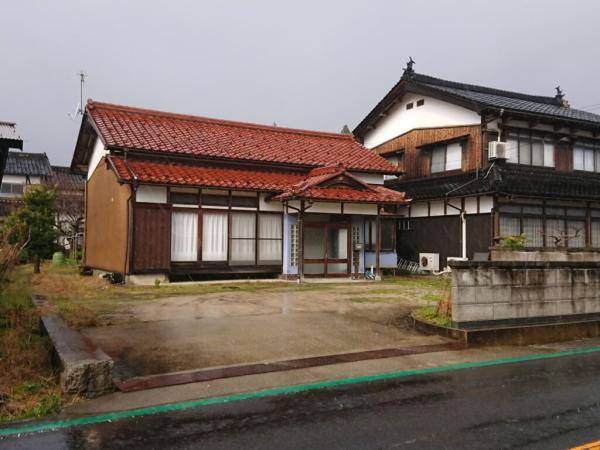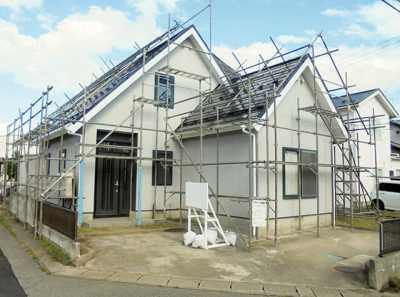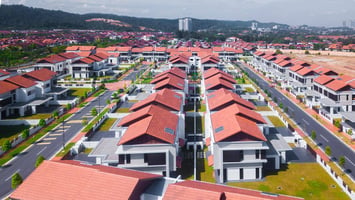Akiya Homes: Japan's Rural Real Estate Opportunity – Is It Right for You?
When it comes to real estate investment, Japan’s rural housing market presents an intriguing – albeit niche – opportunity. Known as the akiya phenomenon, abandoned homes in rural areas such as Akita Prefecture have sparked curiosity among a small but growing number of adventurers, lifestyle seekers, and investors.
Is investing in an akiya for everyone? Probably not. However, for those with a keen interest in restoration projects, cultural immersion, and a slower way of life, akiya homes may warrant a closer look.
The Facts About Akiya Homes
Here’s a snapshot of the current akiya landscape:
- 9 million vacant properties nationwide.
- 3.8 million abandoned homes, as of October 2023.
- Typical prices range from ¥50,000 to ¥2,000,000 (S$440 - S$17,600).
While these figures may catch the eye, it’s important to approach akiya homes with realistic expectations. Most of these properties are in rural, often remote areas, and come with significant challenges, from structural decay to limited access to amenities.
That said, for those with the time, resources, and a sense of adventure, an akiya could offer something unique: the chance to own a piece of rural Japan at an exceptionally low price.
What Makes Akiya Homes Unique?

1. Affordability – But With Caveats
The low purchase prices are the main draw. In some cases, local governments even give properties away to attract new residents. However, these deals often come with conditions, such as mandatory renovations or commitments to long-term residency.
2. Cultural and Historical Value
Many akiya homes reflect Japan’s architectural heritage, featuring traditional elements like tatami mats, wooden beams, and sliding doors. For those who value craftsmanship and history, restoring these homes can be a rewarding experience.
3. Lifestyle Experimentation
Some akiya buyers are drawn by the idea of escaping urban life for Japan’s serene countryside. Regions like Akita offer breathtaking landscapes, quiet surroundings, and a slower pace of life – though this lifestyle isn’t for everyone, particularly those used to city conveniences.

Challenges to Keep in Mind
While akiya homes can seem appealing, they are far from straightforward purchases. Prospective buyers must carefully evaluate the following:
1. Renovation Costs
Most akiya homes require extensive repairs due to years of neglect. Depending on the property, renovation costs could far exceed the purchase price.
2. Long-Term Maintenance
Rural homes demand ongoing upkeep, particularly in regions prone to extreme weather conditions. Budgeting for maintenance is essential.
3. Geographic Isolation
Many akiya properties are in depopulated areas, far from public transport, healthcare, and urban amenities. Consider whether such a lifestyle is truly suitable for you.
Cost Structure Breakdown
When calculating the total cost of an akiya investment, consider these factors:
| Cost Item | Rate |
|---|---|
| Acquisition Price | ¥50,000 - ¥2,000,000 (S$440 - S$17,600) |
| Registration Tax | 2% of property value |
| Property Acquisition Tax | 4% of property value |
| Fixed Asset Tax | 1.4% annually |
| Legal Documentation Fees | ~¥100,000 (S$880) |
Foreign Ownership: The Myths and Realities
Foreigners can legally purchase akiya properties without restrictions. However, navigating the process requires preparation:
- Explore listings on Akiya Banks, databases that centralise available properties by region.
- Partner with local real estate agents who understand the quirks of rural property transactions.
- Budget for a thorough property inspection to assess renovation needs.
- Be prepared for additional administrative work, especially if you don’t speak Japanese fluently.
Government Support: What Help is Available?
Japan’s government recognizes the challenges of rural depopulation and offers subsidies for akiya restoration projects. These can cover a portion of renovation costs, particularly for families or individuals committing to permanent relocation.
However, these subsidies are not guaranteed, and eligibility often depends on specific conditions, such as the property’s location or the scope of renovation. Be sure to verify with local authorities.
Practical Checklist
Before deciding akiya investments, consider:
- Comprehensive budget planning
- Time commitment for renovations
- Cultural adaptation strategies
- Local community engagement
- Professional legal consultation
Final Thoughts
Japan's allure among Singaporeans has been on the rise, with nearly 600,000 visits recorded in 2023. While the number of Singaporeans residing in Japan is relatively modest—approximately 3,000 individuals, with half living in Tokyo, the idea of relocating or retiring in Japan is gaining traction.
For those seeking a retreat from Singapore's fast-paced urban environment, akiya homes present an uncommon yet viable opportunity. These abandoned rural properties offer a chance to immerse oneself in Japan's serene countryside, embracing a lifestyle that contrasts sharply with city living.
However, it's essential to approach this prospect with careful consideration. The challenges of renovating and maintaining an akiya, coupled with the cultural and logistical aspects of relocating to a foreign country, require thorough planning and commitment.
In conclusion, while not a mainstream choice, investing in an akiya could be a rewarding venture for Singaporeans yearning for a distinctive lifestyle change in a country they hold in high regard.
You can now be our community contributor and make a pitch to have your favourite personality be on our show.
Join our community group and drop us your insights on this topic.

-3.png?width=50&name=Square%20(2)-3.png)







Let us know what you think of this post